Adding a touch of life and color to your garden can be as simple as planting the right flowers. If you love watching hummingbirds darting among blossoms or butterflies fluttering peacefully, you’ll want to know which plants are their absolute favorites. These 17 flowers attract these delicate pollinators naturally, turning your garden into a vibrant, lively haven without extra effort.
Not only do these flowers bring beauty and motion to your outdoor space, but they also support local ecosystems by providing essential nectar sources. Their bright colors, sweet fragrances, and easy-to-grow nature make them perfect for both beginner and experienced gardeners alike.
In this article, we’ll explore 17 stunning flowers that invite hummingbirds and butterflies to visit your garden repeatedly. Whether you have a sprawling backyard or a tiny balcony, these plants will help you create a buzzing, fluttering paradise that feels alive every day.
Bee Balm (Monarda)

Bee Balm, with its spiky red blooms, is like a beacon for hummingbirds and butterflies. Its vibrant color and rich nectar draw them in for a delightful feast. This perennial plant is not only a visual treat but also has a pleasant aroma that fills the garden air. It thrives best in sunny spots and well-drained soil, blooming from mid-summer to early fall. Bee Balm is also easy to care for, needing minimal attention once established. Besides its beauty, the plant also boasts medicinal properties, often used in teas for its soothing effects.
Butterfly Bush (Buddleja)
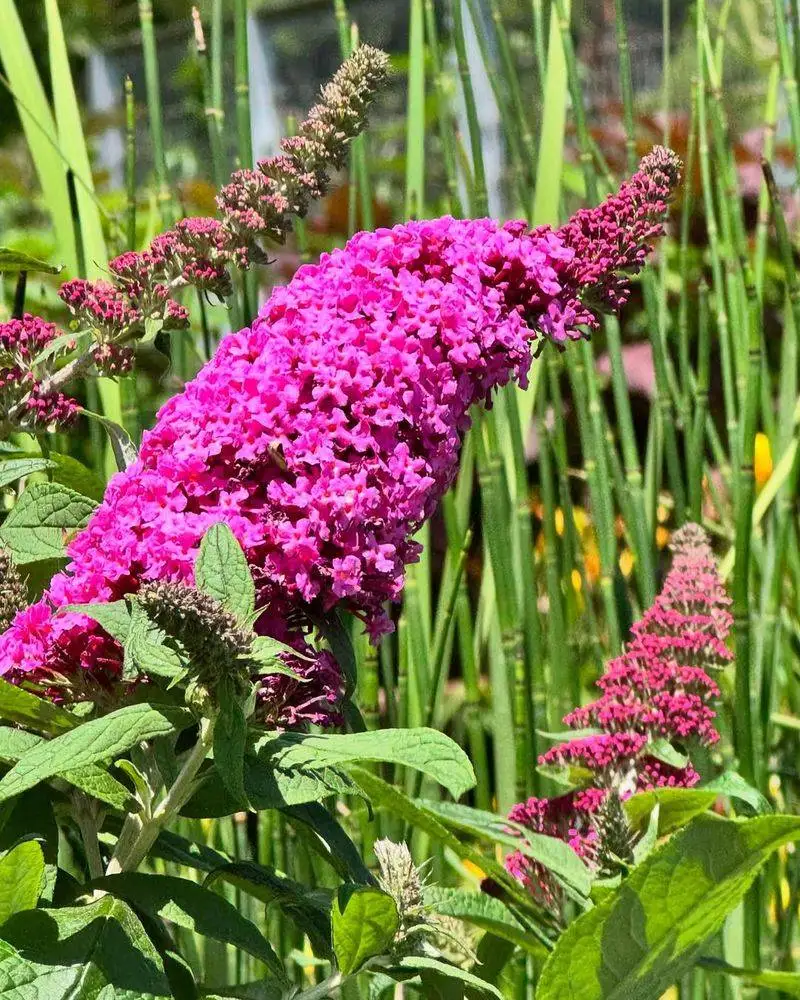
Amidst a garden’s canvas, the Butterfly Bush stands out with its long, arching spikes of purple flowers. Butterflies flock to it, drawn by the sweet fragrance and endless nectar supply. Known for its rapid growth and resilience, this shrub can transform any garden into a butterfly haven. Despite its name, hummingbirds also find the nectar irresistible. Pruning keeps it in check, ensuring it doesn’t overshadow other plants. Its flowers appear from summer through fall, providing months of continuous beauty. Butterfly Bush is truly a garden favorite for those seeking vibrant life and color.
Salvia
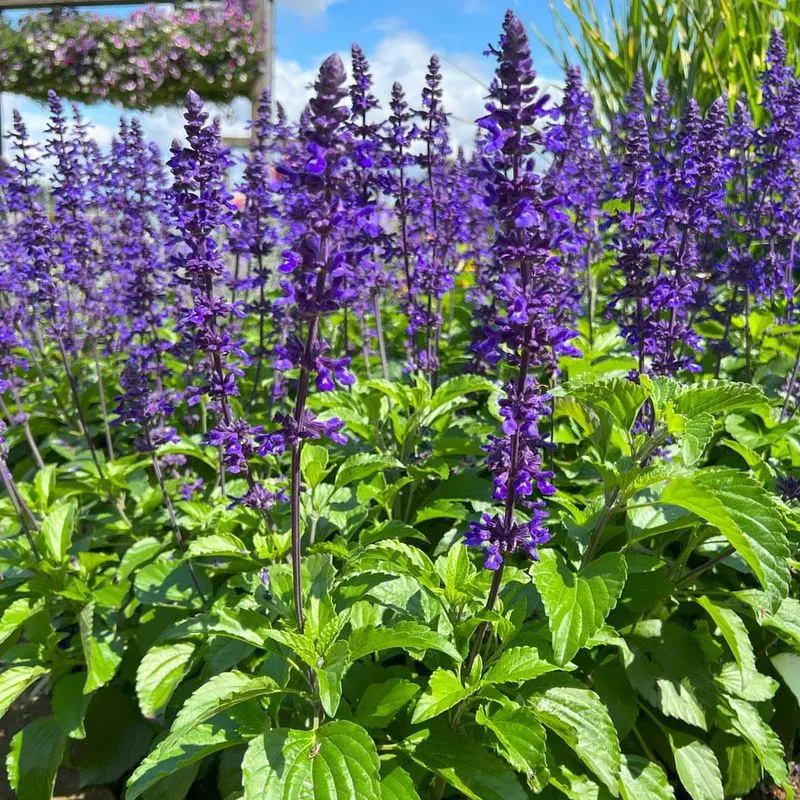
Salvia’s tall spikes of stunning blue flowers are a magnet for both hummingbirds and butterflies. These perennial favorites thrive in sunny locations, offering continuous blooms from spring through fall. Their aromatic foliage adds another layer of sensory delight to the garden. Salvia is known for its drought resistance, making it ideal for low-maintenance gardens. The plant’s resilience and long blooming period make it a staple in any pollinator-friendly garden. With minimal care, salvia brings vibrant color and lively movement to outdoor spaces, attracting a variety of visiting creatures.
Zinnia
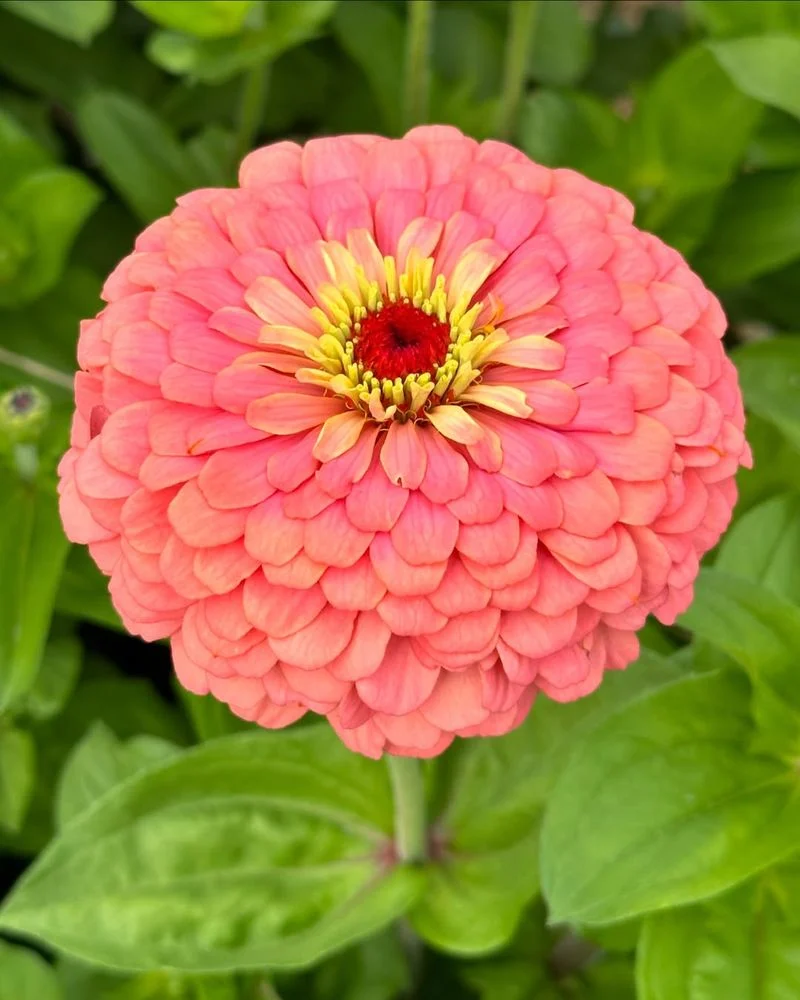
Zinnias are the stars of summer gardens, showcasing bright blooms in a rainbow of colors. Their daisy-like flowers are particularly attractive to butterflies, which flock to them for nectar. Easy to grow and care for, zinnias thrive in sunny locations with well-drained soil. They are also excellent for cutting gardens, bringing cheerful colors indoors. Hummingbirds also occasionally visit, drawn by the vibrant display. With a long blooming season from summer to frost, zinnias offer continuous beauty and an endless source of delight for gardeners and visitors alike.
Trumpet Vine (Campsis radicans)
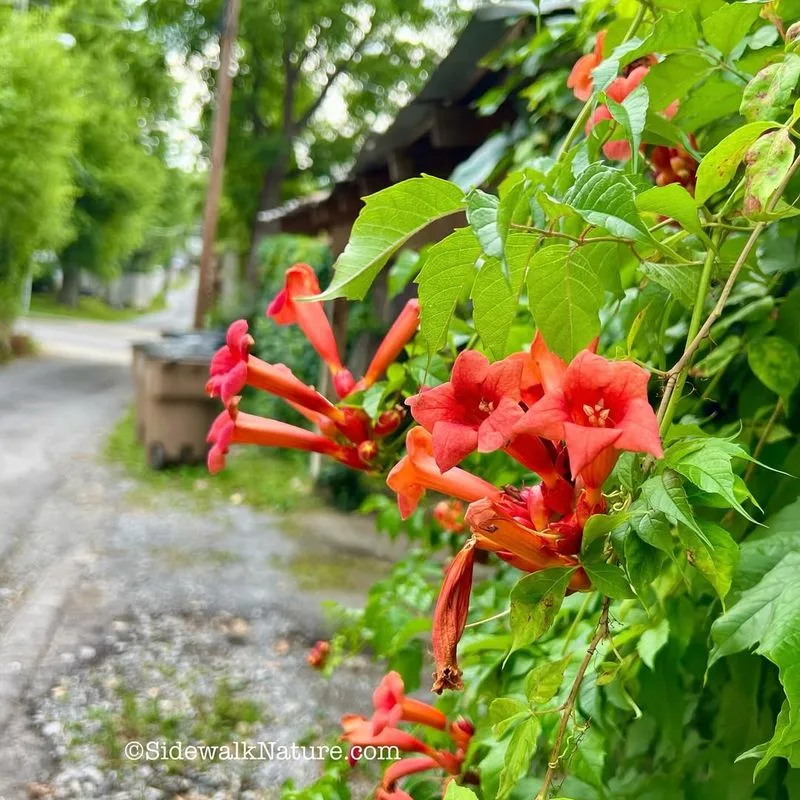
The bold, tubular blooms of the Trumpet Vine are a surefire way to attract hummingbirds. Its bright orange flowers are not just striking to the eye but also a rich source of nectar. This vigorous climber can quickly cover arbors and fences, creating a natural floral curtain. While its beauty is undeniable, it requires regular maintenance to prevent unwanted spread. Trumpet Vine blooms from summer to early fall, offering a continuous spectacle of color. Its ability to draw in hummingbirds makes it a cherished addition to any garden focused on wildlife.
Coneflower (Echinacea)
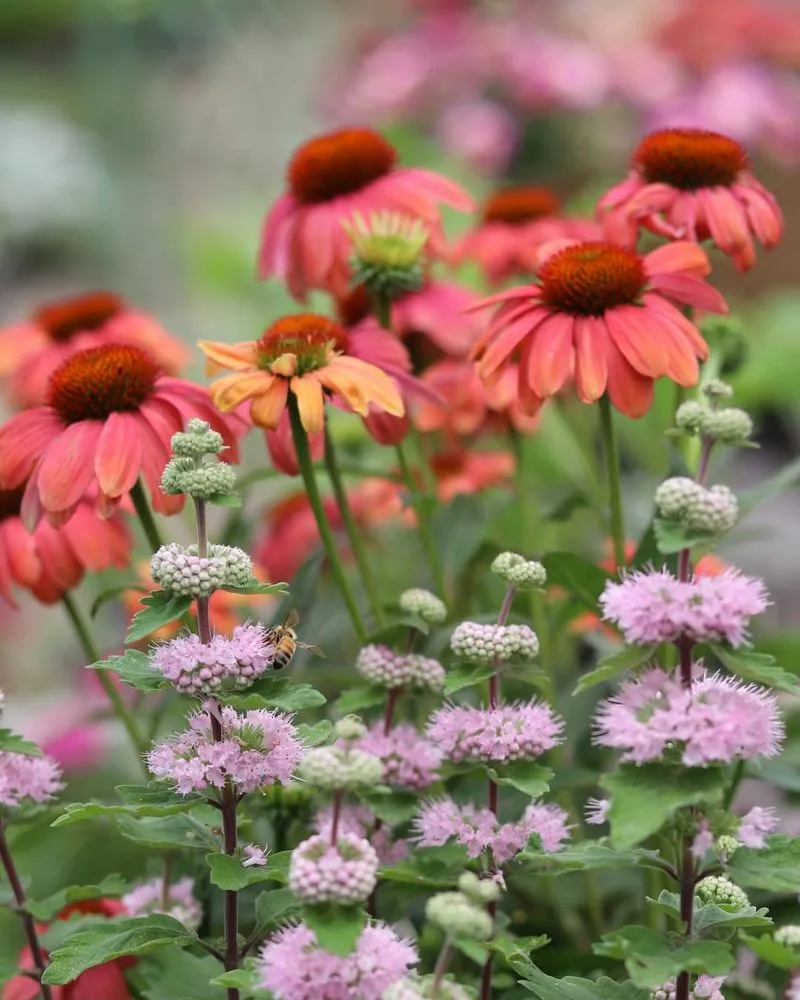
Coneflowers are garden staples, known for their resilience and striking pink petals. Beyond their aesthetic appeal, they are a favorite of butterflies and occasionally hummingbirds. These perennials thrive in full sun and tolerate drought well, making them perfect for varied climates. Coneflowers bloom from midsummer through fall, offering consistent color. They also attract birds, who enjoy the seeds after the blooming period. With their medicinal properties and ease of care, coneflowers are perfect for those looking to enhance their garden’s beauty and biodiversity.
Lantana
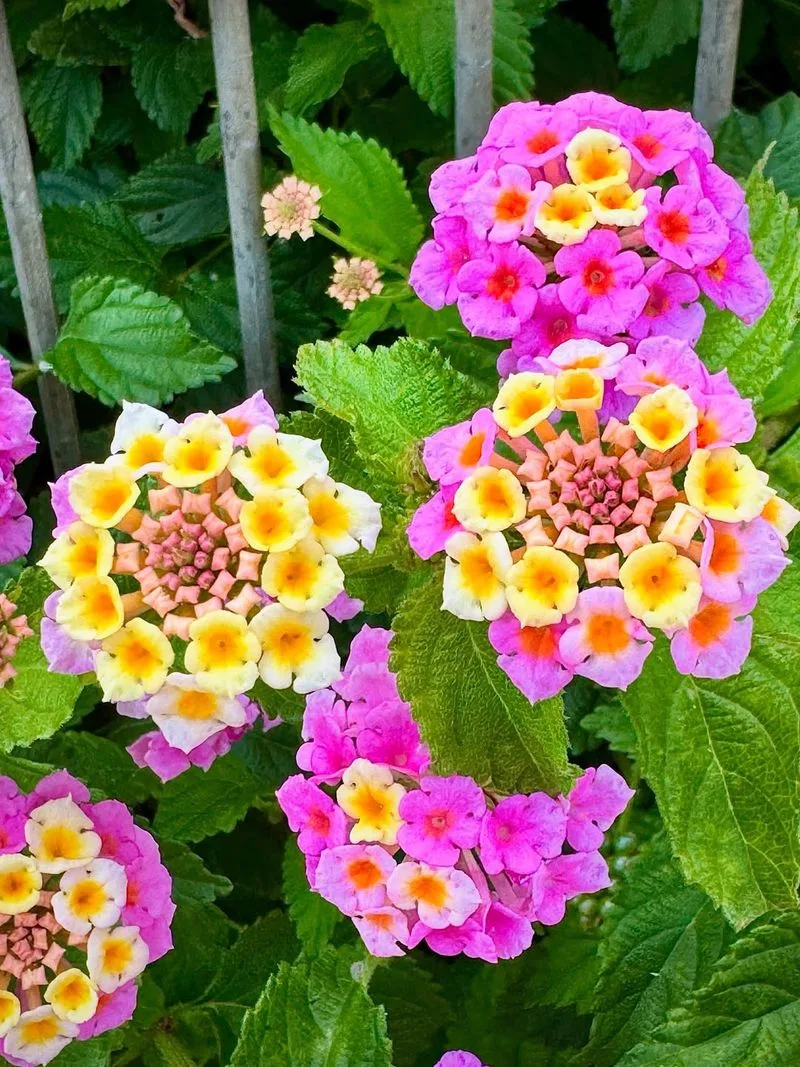
Lantana’s vibrant clusters of flowers are a magnet for butterflies and hummingbirds. This hardy plant thrives in sunny areas, where its blooms can be enjoyed from spring through fall. Lantana’s diverse color palette includes shades of pink, orange, yellow, and red, making it a versatile choice for any garden design. Known for its drought tolerance and low maintenance needs, lantana is ideal for gardeners seeking vibrant, hassle-free beauty. Besides attracting pollinators, lantana’s aromatic foliage adds an extra dimension to outdoor spaces, making it a true garden delight.
Columbine (Aquilegia)
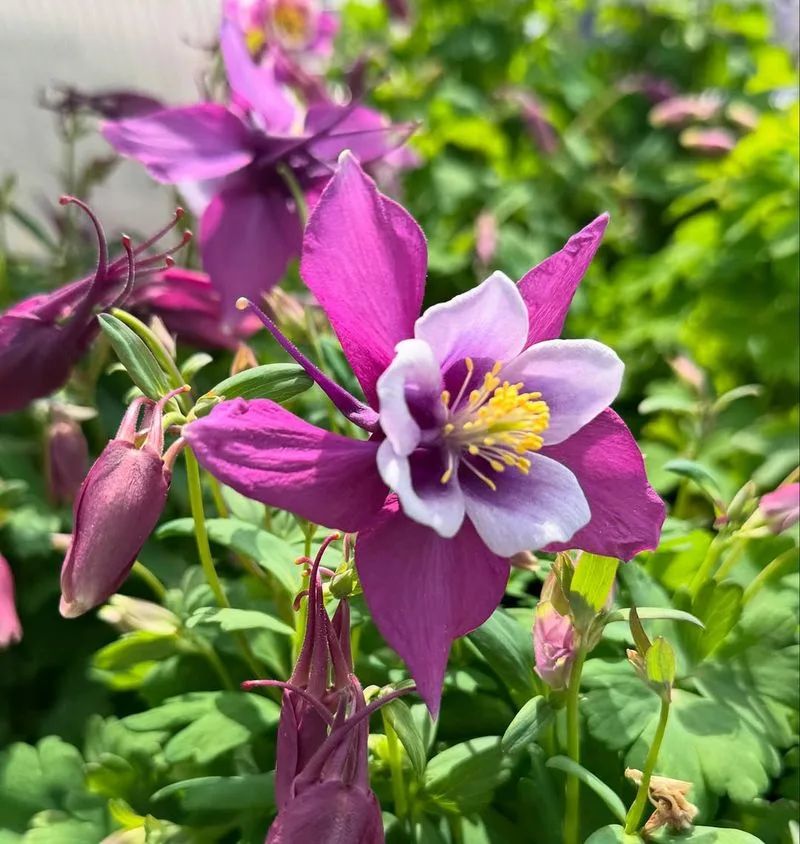
Columbines dance gracefully in gardens with their delicate, nodding blooms. These charming flowers are a favorite of hummingbirds, who are drawn to their unique shapes and sweet nectar. Available in a variety of colors, columbines bloom in late spring to early summer, bringing a touch of whimsy to any garden. They thrive in partial shade, making them perfect for woodland gardens. Columbines are also known for their resilience and ability to reseed, ensuring they return year after year. Their enchanting appearance and ease of care make them a gardener’s favorite.
Fuchsia
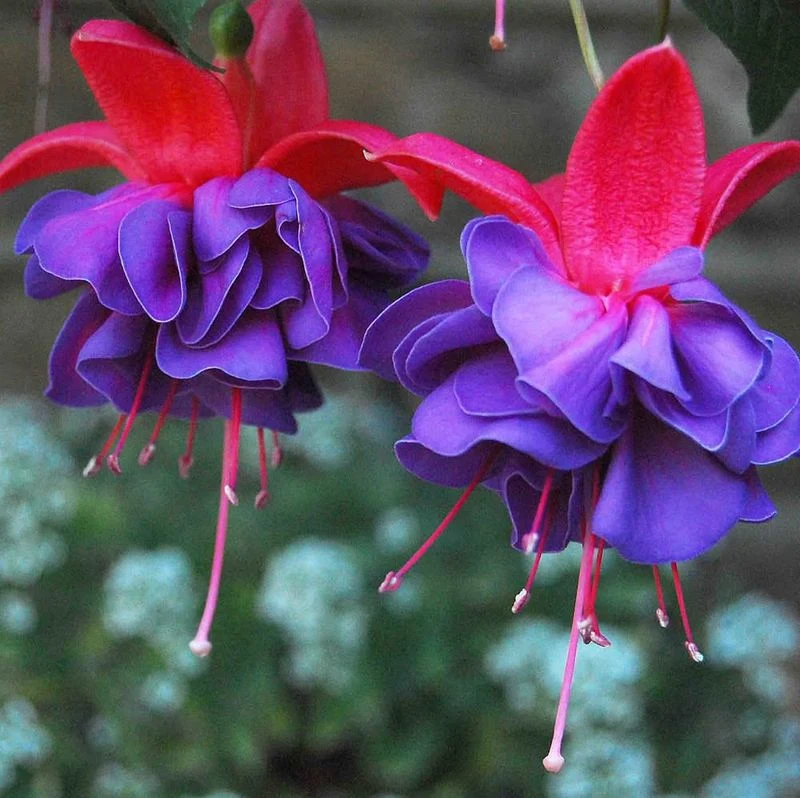
Fuchsias bring a touch of elegance to gardens with their pendulous, bell-shaped flowers. Hummingbirds flock to them, seduced by the abundant nectar hidden within. These plants thrive in shaded areas, offering a pop of color in less sunny spots. Fuchsias bloom from spring to fall, requiring regular watering and care. Their unique shape and vibrant colors make them a standout in hanging baskets or garden beds. While not as attractive to butterflies, their appeal to hummingbirds makes them a valuable addition to a wildlife-friendly garden.
Hibiscus
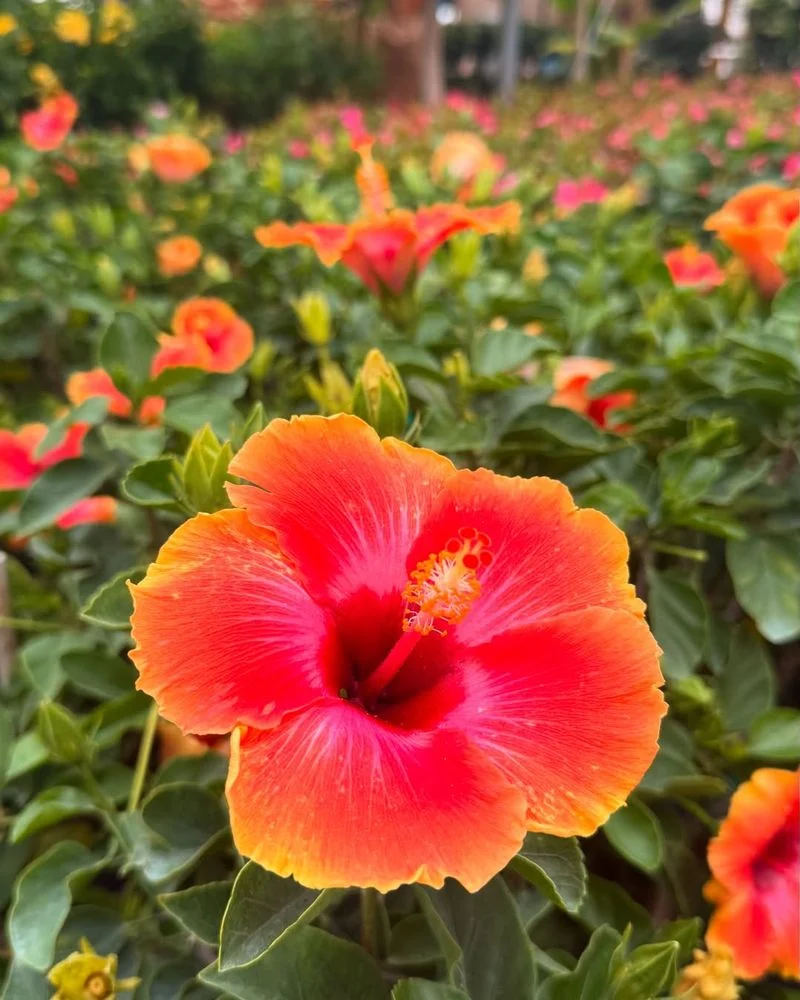
Hibiscus flowers are synonymous with tropical beauty, known for their large, colorful blooms. Butterflies and hummingbirds are irresistibly drawn to their plentiful nectar. These plants thrive in warm climates, needing plenty of sunlight and water to flourish. Hibiscus blooms from late spring to fall, offering a constant parade of color. They also make excellent potted plants, adding a touch of the tropics to patios and balconies. While they require regular care, the reward is a garden teeming with life and vibrancy, perfect for those seeking a tropical oasis.
Verbena
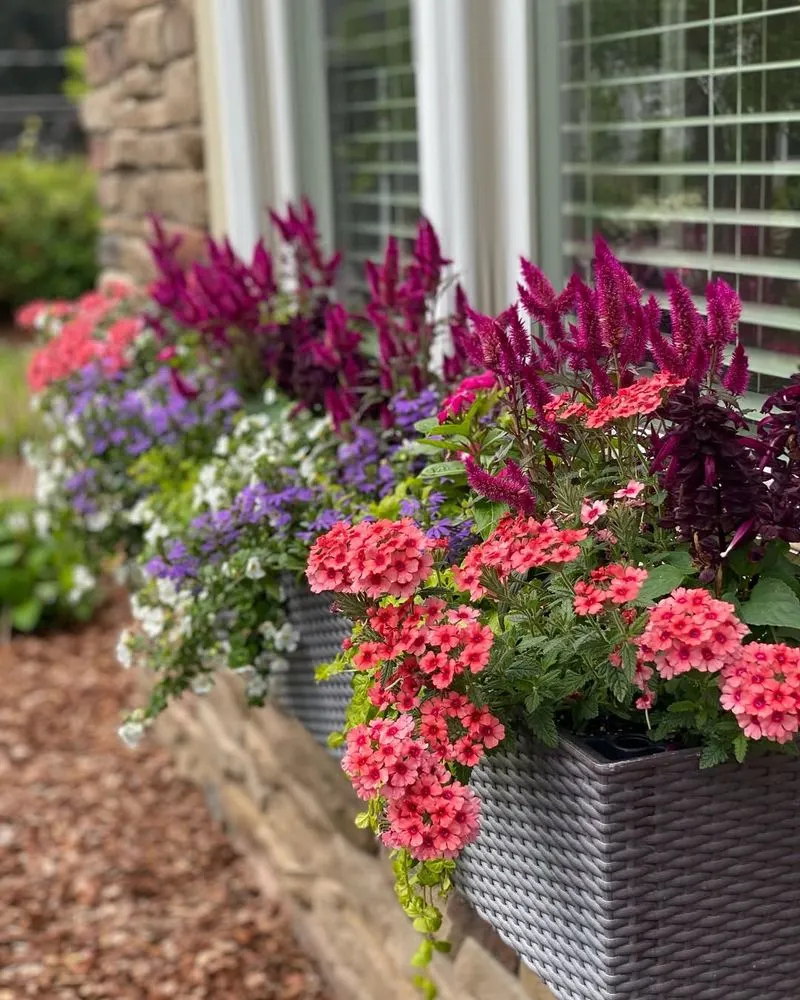
Verbena’s delicate clusters of tiny flowers create a charming display that attracts butterflies and hummingbirds alike. This versatile plant thrives in sunny locations and well-drained soil, offering vibrant blooms from spring to late fall. Known for its resilience, verbena is perfect for busy gardeners who desire beauty without extensive upkeep. Its sprawling growth habit makes it ideal for borders and containers. The constant parade of pollinators ensures your garden is always buzzing with activity, making verbena a beloved choice for enhancing outdoor spaces.
Petunia
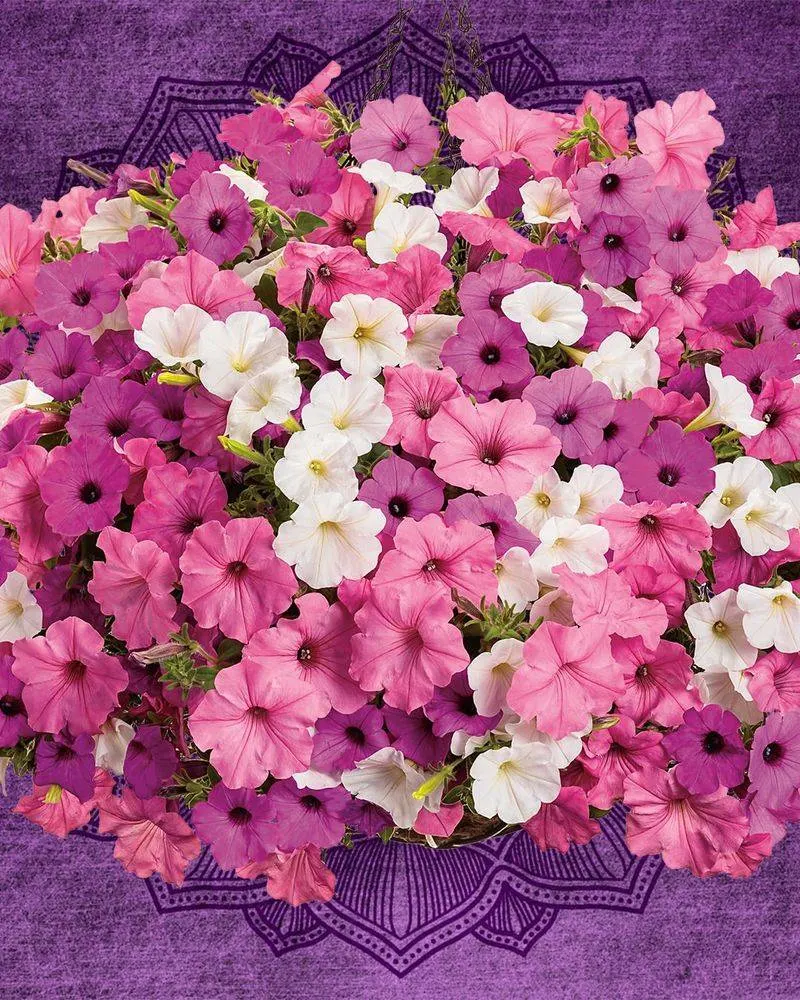
Petunias are garden favorites, admired for their wide array of colors and prolific blooms. Their trumpet-shaped flowers are particularly attractive to hummingbirds and butterflies seeking nectar. These hardy annuals thrive in sunny locations and require regular watering for optimal growth. Petunias bloom from spring to fall, ensuring continuous color in garden beds and containers. Due to their versatility and vibrant display, they are often used in hanging baskets and window boxes. Their ability to attract pollinators adds an extra layer of beauty, making them a staple in lively gardens.
Milkweed (Asclepias)
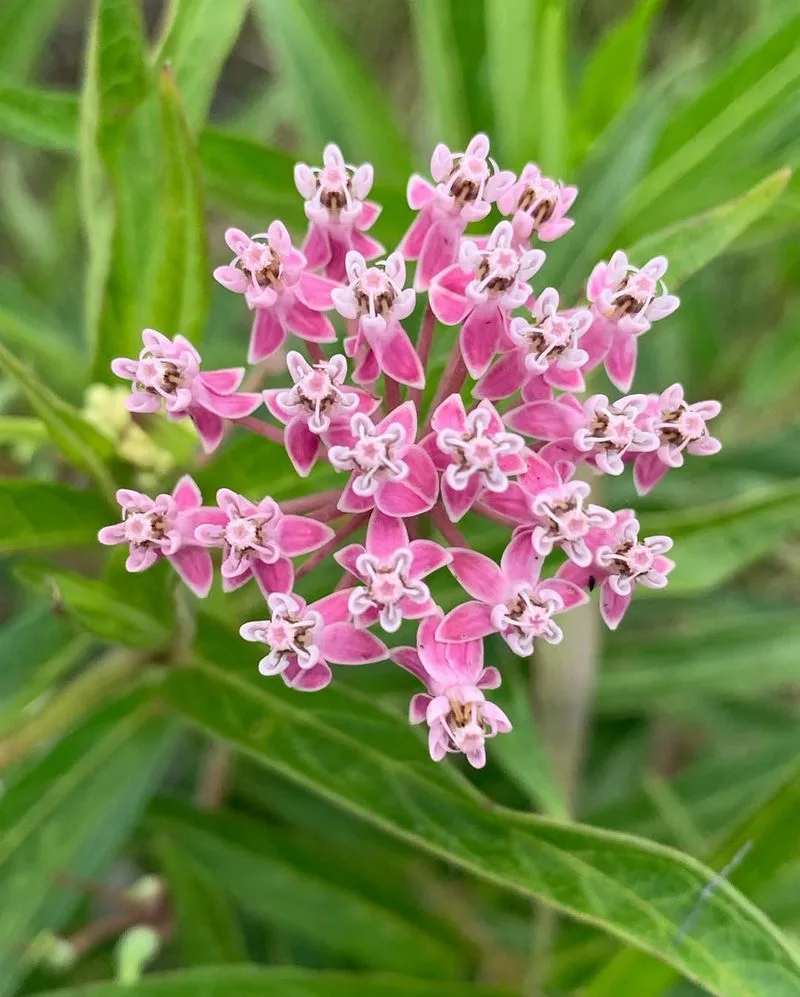
Milkweed is essential for attracting monarch butterflies, providing both a food source and a breeding ground. Its clusters of fragrant flowers also appeal to hummingbirds. This hardy perennial thrives in sunny locations and is drought-tolerant once established. Milkweed’s blooming period extends from late spring to summer, offering vital habitat for various pollinators. Its role in supporting monarch populations makes it a crucial addition to any wildlife-friendly garden. With its combination of ecological importance and visual appeal, milkweed is a must-have for those dedicated to conservation.
Snapdragon (Antirrhinum)
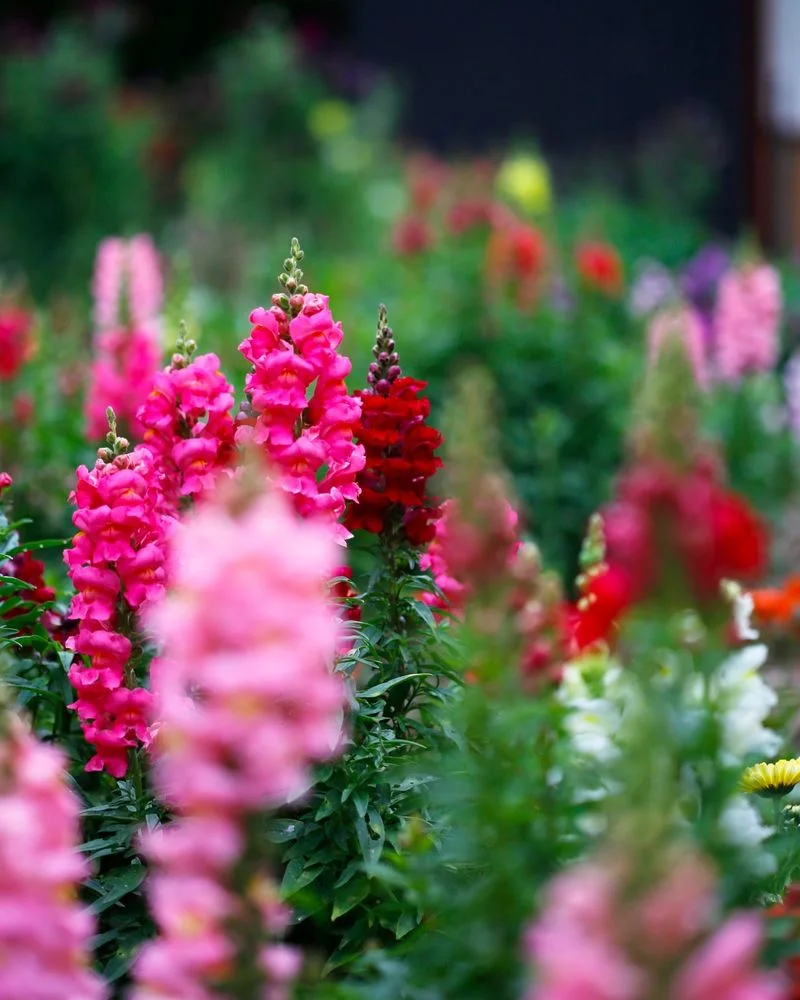
Snapdragons bring playful charm to gardens with their dragon-shaped blooms. Hummingbirds are particularly interested, drawn to the nectar within. These annuals thrive in cooler weather, offering bright colors from spring to early fall. Available in a rainbow of hues, snapdragons add vertical interest to garden beds and borders. Regular deadheading encourages continuous blooms, making them a rewarding choice for gardeners. While butterflies are less frequent visitors, the appeal to hummingbirds makes snapdragons a delightful addition to pollinator gardens seeking color and whimsy.
Cardinal Flower (Lobelia cardinalis)
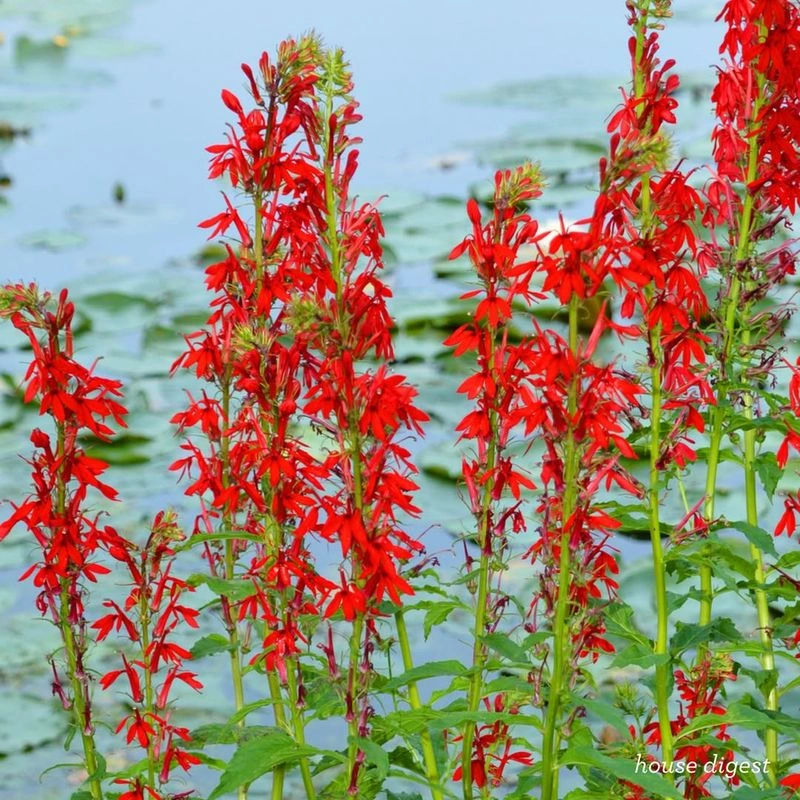
The cardinal flower’s striking red hue is an irresistible invitation for hummingbirds. Its tall, spiky blooms provide a vertical element to garden designs. Thriving in moist, rich soil, this plant blooms from midsummer to early fall. While it requires specific growing conditions, the reward is a vibrant display that draws in pollinators. Native to North America, the cardinal flower also supports local ecosystems. Its dramatic color and ability to attract hummingbirds make it a standout choice for gardens focused on natural beauty and wildlife support.
Canna Lily
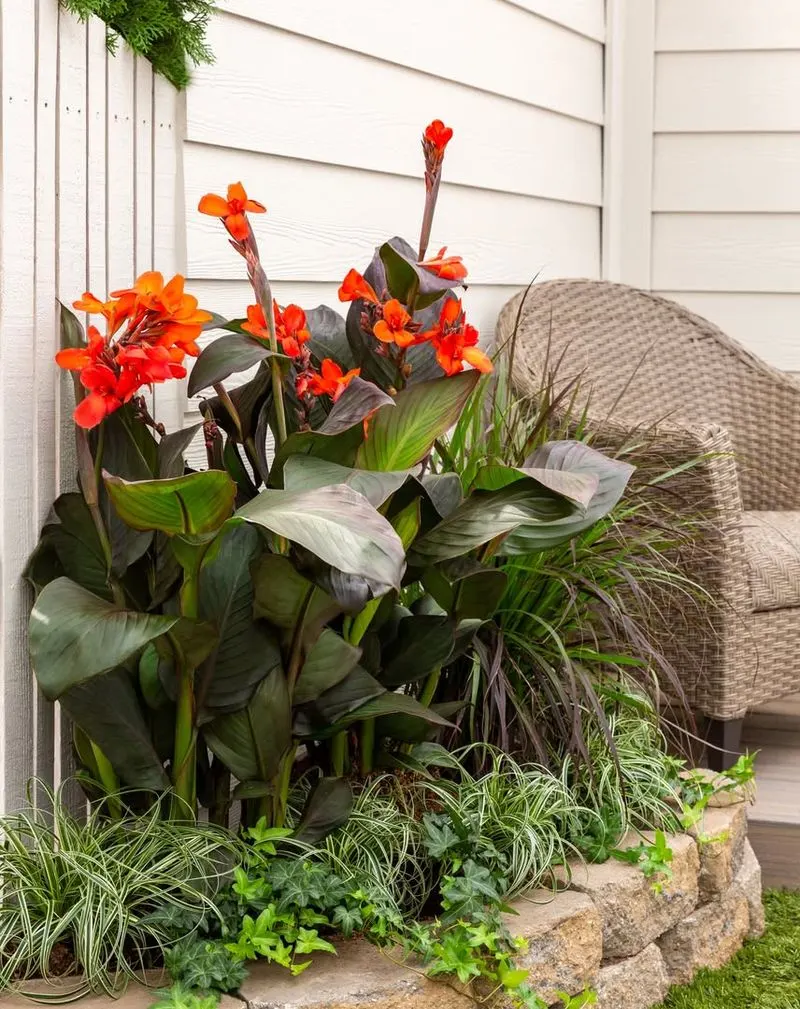
Canna lilies add exotic flair with their bold, tropical foliage and striking flowers. Butterflies and hummingbirds can’t resist the nectar-rich blooms. These plants thrive in sunny, well-watered environments, offering vibrant colors from summer to fall. Canna lilies are excellent for creating dramatic focal points in gardens. Their ability to attract pollinators while providing lush greenery makes them a favorite among gardeners seeking both beauty and biodiversity. Despite their tropical appearance, canna lilies are surprisingly easy to grow, adding a touch of the exotic to any garden setting.

